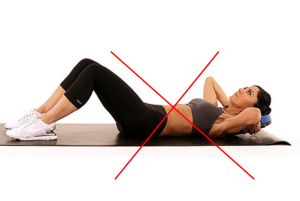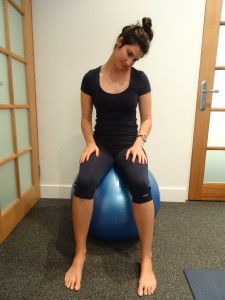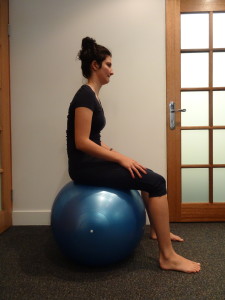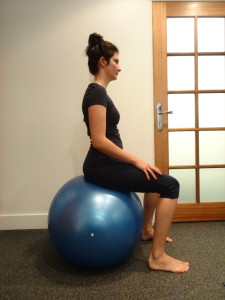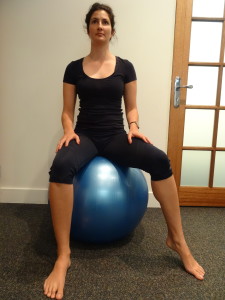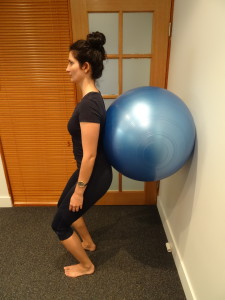Exercise during Pregnancy
Is it ok to exercise while pregnant?
Yes! Providing you have a healthy low risk pregnancy. It is encouraged that all women who are pregnant participate in physical activity or modify your existing exercises. Although your body undergoes many changes, pregnant women gain the same benefits of exercise as non-pregnant women. And not only does exercise benefit you it also has several health benefits for your baby.
Before you start any type of physical activity it is advised to discuss exercise with your GP and obstetrician. There are a few medical conditions that can develop during pregnancy which will dictate the amount or potentially exclude any physical activity altogether. Attending antenatal exercise classes where you will meet other mums-to-be, gain excellent instruction and receive an individualised program is encouraged to ensure optimum safety for you and your baby throughout your pregnancy.
Remember: every women is different, every pregnancy is unique and exercises should be safe and appropriate specific to the individual mum-to-be and baby. Have a look below for some of the best pregnancy exercises
What are the benefits of exercise?
| Benefits for mum | Benefits for baby |
|
|
| Benefits for both mum and baby | |
|
|
Why modify my exercises during pregnancy?
It is important to modify your exercise because of the changes your body goes through. Most of the time these changes would have already begin before you even know you are pregnant. These  changes include alterations to your cardiovascular system, increased hormone production, healthy weight gain, lengthening and weakening of certain muscles, blood flow alterations, rise in core temperature, decrease in joint support from ligaments and slower gut activity and digestion. The effects on the body due to the mentioned changes dictate what type of exercise and how long you should exercise for.
changes include alterations to your cardiovascular system, increased hormone production, healthy weight gain, lengthening and weakening of certain muscles, blood flow alterations, rise in core temperature, decrease in joint support from ligaments and slower gut activity and digestion. The effects on the body due to the mentioned changes dictate what type of exercise and how long you should exercise for.
DO’s and DO NOTS when exercising
DO
- Pelvic floor exercises:
- Strengthen before, during and after pregnancy
- Only perform mild to moderate level of exercise (you must still be able to hold a conversation while performing exercises):
- Exercise for no longer than 45min or 20-30min when performing moderate intensity exercise
- Wear a supportive bra:
- reduces strain on muscles and ligaments
- Hold correct posture:
- prevents any muscle or joint pain
- Eat carbohydrates before exercising:
- blood sugar levels can fluctuate frequently. Carry juice with you and drink if you feel dizzy or faint.
- Take a water bottle with you and stay hydrated
DO NOT
- Overheat:
- Exercise on your back from 16wks onwards:
- This can obstruct the blood flow around your body.
- Perform high intensity exercise:
- This will increase the likelihood of overheating and injuring muscles and ligaments.
Ideal exercises to perform during pregnancy
- Walking
- Low impact aerobics
- Water aerobics
- Pregnancy antenatal classes
- Cycling (stationary bike)
- Light weights training (see your physiotherapist before performing these)
Exercises to avoid
- Heavy weights
- Bouncing- star jumps, running
- Contact sports
- Any activities which cause pain
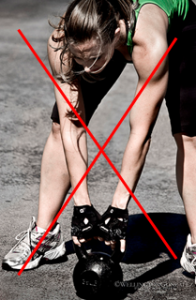
- Exercises with twisting and turning to end limits
- Standing still for long periods ie while performing arm weights
- Lifting your hip to the side while kneeling on your hands and knees
- Activities involving sudden changes of direction or intensity
- Exercises that increase the lower curve of your back
- High impact or jerky movements
REMEMBER you should only aim to maintain fitness throughout your pregnancy, NOT reach peak fitness.
Safe exercises to perform while pregnant
- Pelvic floor- Very important
- Consult your physiotherapist if you are unsure on how to activate these muscles correctly!
Warm up- mobilise and stretch
- Shoulder rolls
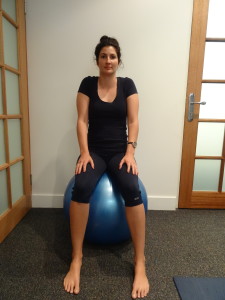
- Gently roll shoulders forwards and backwards
- Neck stretch
- Pelvic tilts- perform with fitball or seat
- Lengthen spine- perform with fitball or seat
- Link hands together
- Round your back and push your hands forward (not pictured)
- Keeping hands linked, lift hands above head and lengthen your spine
- Hold each stretch for 20sec
- Cat curl
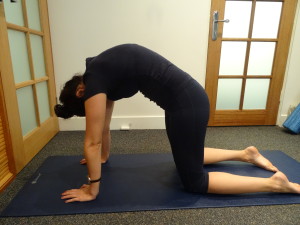
- On all fours
- Arch your back to the point of comfort
- Round back and tuck tailbone between your legs
- Repeat 15 times
Excercises
- Core strength
- Four point kneeling with leg lift
- Active pelvic floor muscles
- Lift R foot off the ground until thigh is level with your bottom
- Hold 5 sec
- Repeat 5 times
- Perform on L leg
- Progress by straightening out knee
- Cardiovascular
- Walking
- Fitball marching- perform with fitball or seat
- Activate your pelvic floor and deep abdominals
- March with your feet and keep balance while sitting on the fitball
- March 5min
- Seated side stepping
- Strength- perform with or without fitball
- Low row
- Lighten your weights to a couple of Kg.
- Lean on a bench or fitball (in picture)
- Pull elbow back to hip
- Ensure not to twist your spine
- Repeat 10 reps each arm
- Bicep curl
- Wall squat with fitball or regular squat without fitball
- Feet hip distance apart
- Lean against fitball
- Slowly bend knees and roll fitball down the wall
- Pull through your heels evenly and stand up
- Perform 10 reps
- Clam
- Lying on side with knees bent and hand on hip
- Gently squeeze heels together
- Lift top knee off bottom knee ~hip height before hip rotates
- Hand on hips feels for rotation of the hip
- Slowly return
- Repeat 10 reps each side – here is a video showing this exercise being don
- Warm down
- Gentle marching on the spot
- Stretches as in warm up
If you experience any pain during your exercises stop immediately. If you are in doubt about a certain exercise then leave it out. If you experience any of the following symptoms when exercising, no matter what fitness level, stop exercise immediately and consult your health care professional: abdominal cramps, chest pain, dizziness, excessive shortness of breath, feeling unusually hot or overheated, intense back pain, nausea or vomiting, ruptured membranes, severe headache, sudden joint pain, sudden swelling in your hands/ feet/ ankles, vaginal bleeding.
Pregnancy is an exciting time in a women’s life. Taking care of yourself and baby physically and mentally is very important. If you are looking for an assessment, education or exercise program please don’t hesitate to contact us at All Care Physiotherapy – call 1300 291 133




